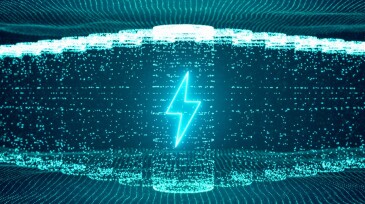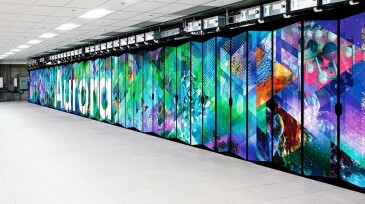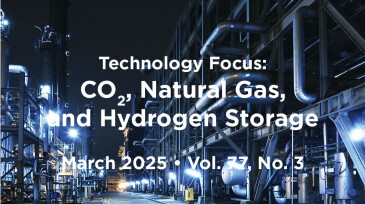AI/machine learning
Sustainability in reservoir management emerges not from standalone initiatives but from integrated, data-driven workflows—where shared models, closed-loop processes, and AI-enabled insights reduce fragmentation and make sustainable performance a natural outcome.
Sponsored
In oil and gas operations, every decision counts. For more than 2 decades, SiteCom has been the trusted digital backbone for well operations worldwide, driving insight, collaboration, and efficiency.
This study presents a novel hybrid approach to enhance fraud detection in scanned financial documents.
-
The energy-focused LLM project by Aramco Americas, SPE, and i2k Connect has entered the testing phase and is on track for licensing to operators later this year.
-
The agreement aims to bring the efforts of both companies together to advance digital-enabled carbon-free floating power generation.
-
A roundtable discussion during CERAWeek pointed to the necessity of a mindset shift for the oil and gas industry to tap into AI’s true potential.
-
This paper presents the application of a new automatic geosteering method that combines probabilistic interpretation with artificial intelligence for look-ahead decision-making, representing an innovative advancement in automated geosteering frameworks.
-
Experts speaking at CERAWeek 2025 lauded industry's shift from focusing on the energy transition to prioritizing oil production.
-
Data quality and mission clarity matter more than ever, according to experts speaking at this year’s International Petroleum Technology Conference in Kuala Lumpur.
-
The massive system brings advanced capabilities for simulation, AI, and data analysis to drive breakthroughs in cancer research, materials discovery, energy technologies, and many other fields.
-
The new burner, created with the help of machine learning and additive manufacturing, promises high methane destruction efficiency and combustion stability even in windy conditions.
-
Transitioning to a low-carbon economy demands large-scale CO2, natural gas, and hydrogen storage. In this context, the application of AI/ML technology to uncover geochemical, microbial, geomechanical, and hydraulic mechanisms related to storage and solve complicated history-matching and optimization problems, thereby enhancing storage efficiency, has been prominently …
-
The authors propose a hybrid virtual flow and pressure metering algorithm that merges physics-based and machine-learning models for enhanced data collection.













